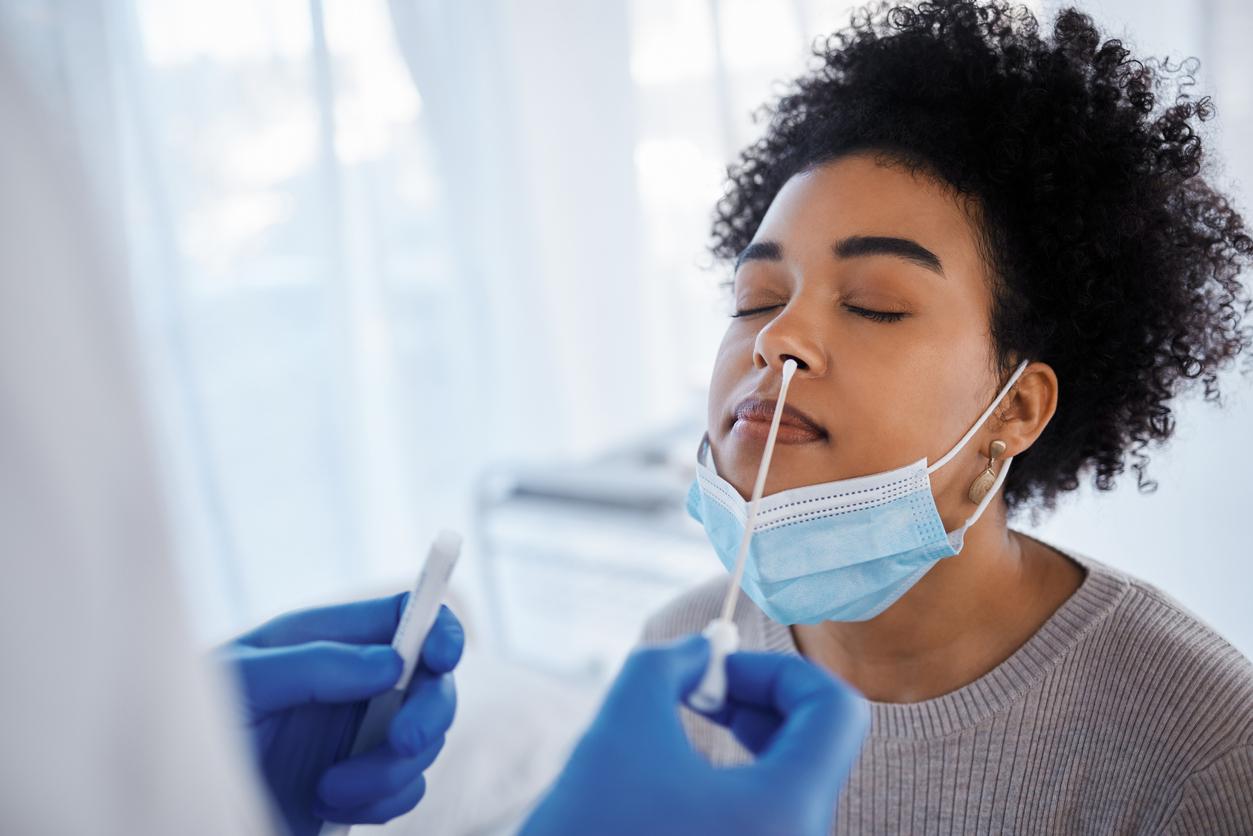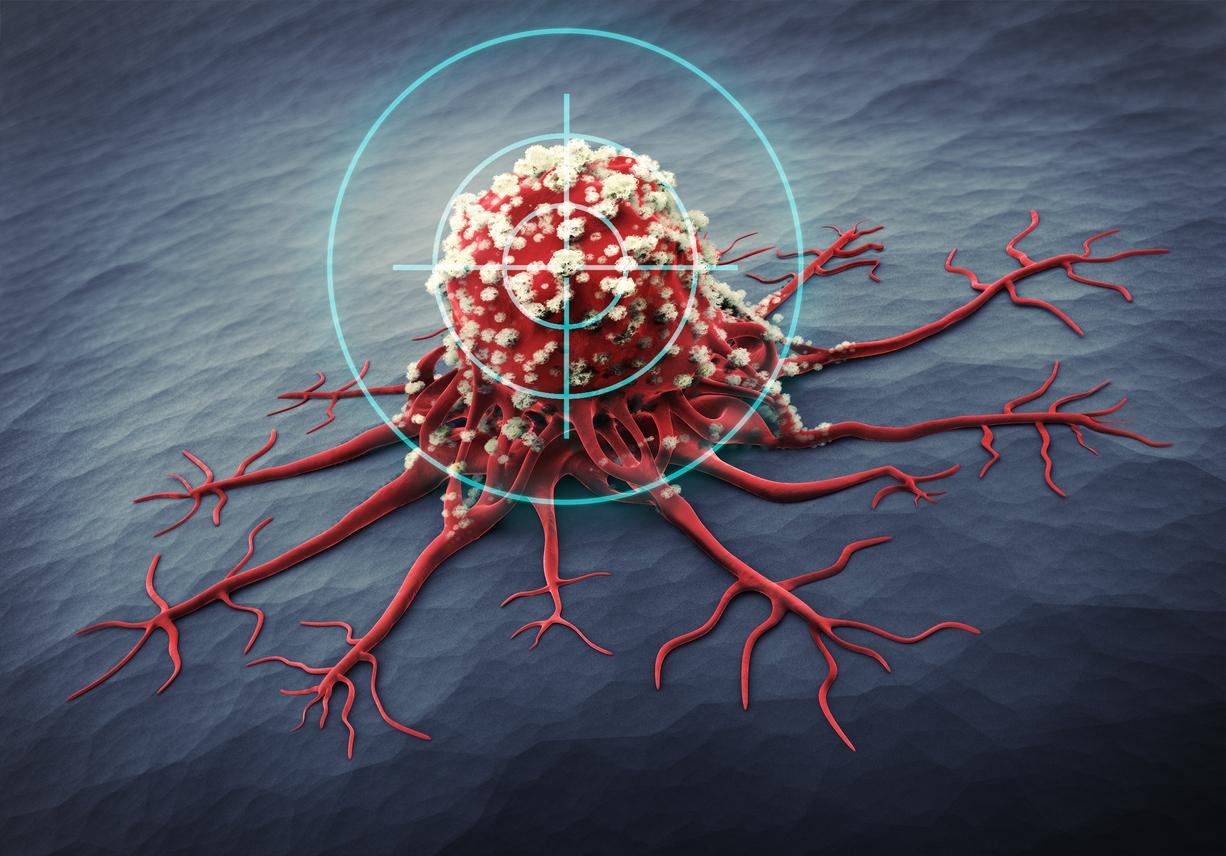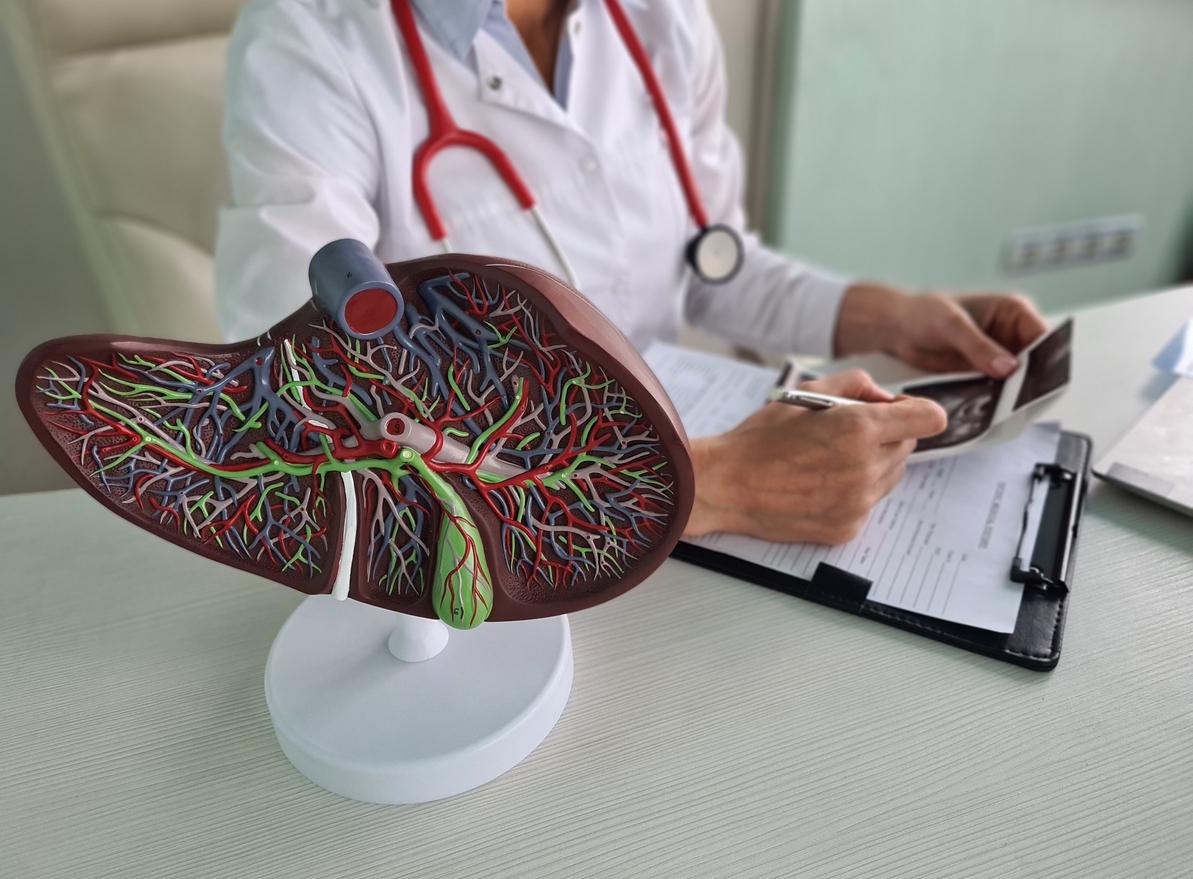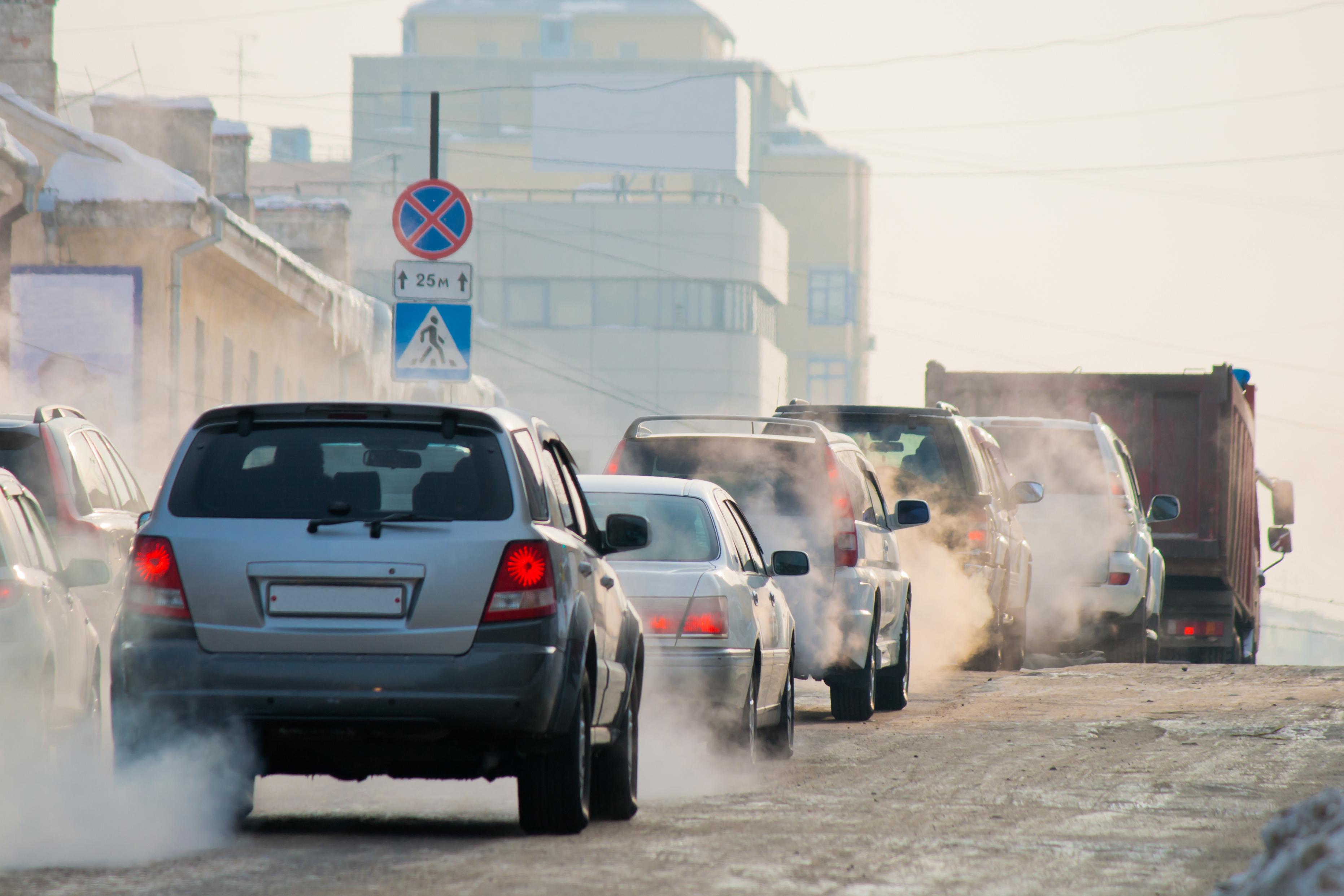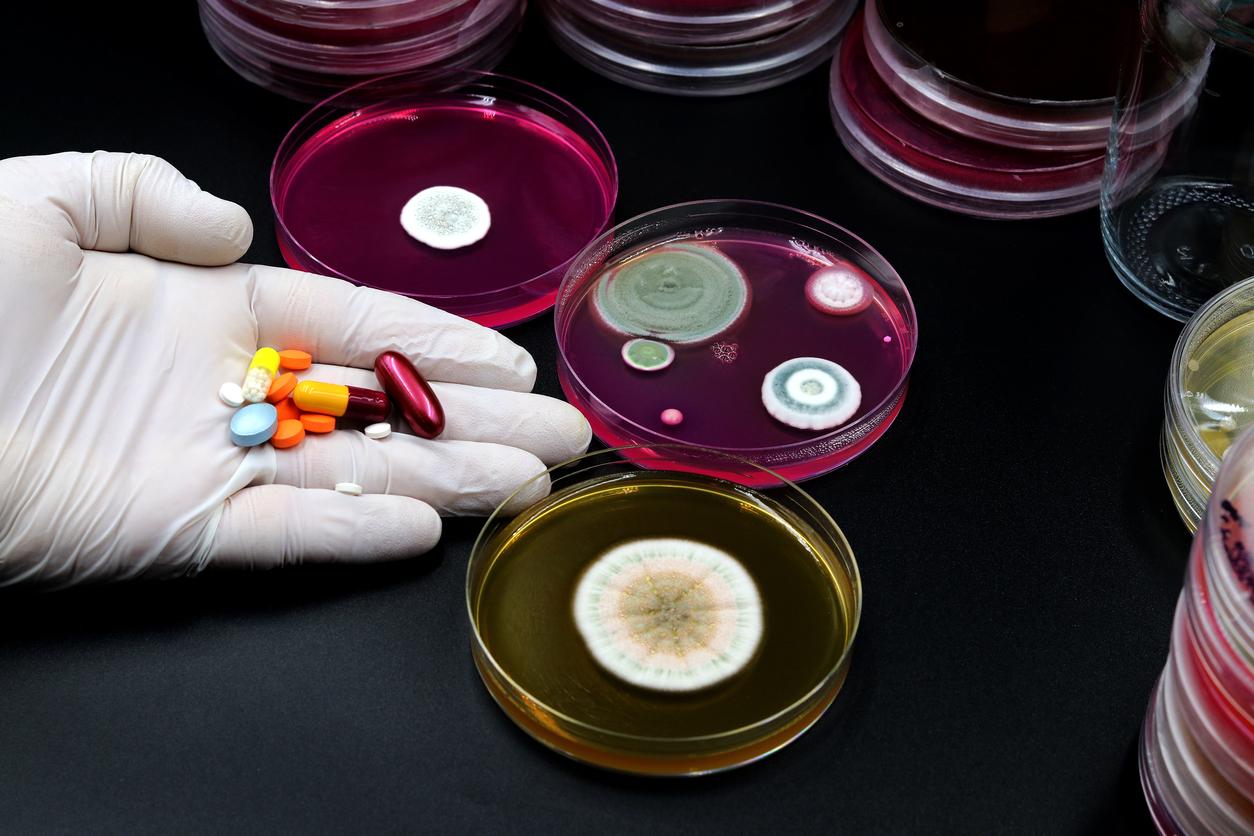711 rivers from 72 different countries were analyzed. Of 14 antibiotics tested, each sample contained at least one and at a level above acceptable levels.

According to a study presented this Monday, May 20 at a congress in Helsinki (Finland), the world’s rivers contain too many antibiotics, which increases human resistance to these treatments. In question: human waste, those from hospitals, the pharmaceutical industry and even farms.
A global problem
711 rivers from 72 different countries were analyzed. Of 14 antibiotics tested, each sample contained at least one and at a level above acceptable levels. Metronidazole, trimethoprim and ciprofloxacin were the most frequently found drugs, even in Asia and Africa. The researchers’ statement thus evokes a “global problem”, the most problematic sites being in Bangladesh, Kenya, Ghana, Pakistan and Nigeria.
“Solve the problem […] will require investments in waste and wastewater management infrastructure, stricter rules and the cleaning up of already contaminated sites,” they explain. Antibiotics found in rivers find their way into the human body through the consumption of water, shellfish and fish. As a result, diseases gradually learn to resist it.
“Cocktail” effect
According to researchers from Lancet, antibiotic-resistant bacteria killed 33,000 people in 2015 in the European Union. “The burden of these infections is comparable to that of the flu, tuberculosis and HIV/AIDS combined,” the scientists worry.
Among the victims, a majority of children under 12, as well as people aged 65 and over. And “don’t forget the effect cocktail. If traces in water of a single drug can prove to be not very toxic, we know on the other hand that the combination of several chemical residues can be dramatic”, adds Olivier Toma, founder of Primum Non Nocere.
.









